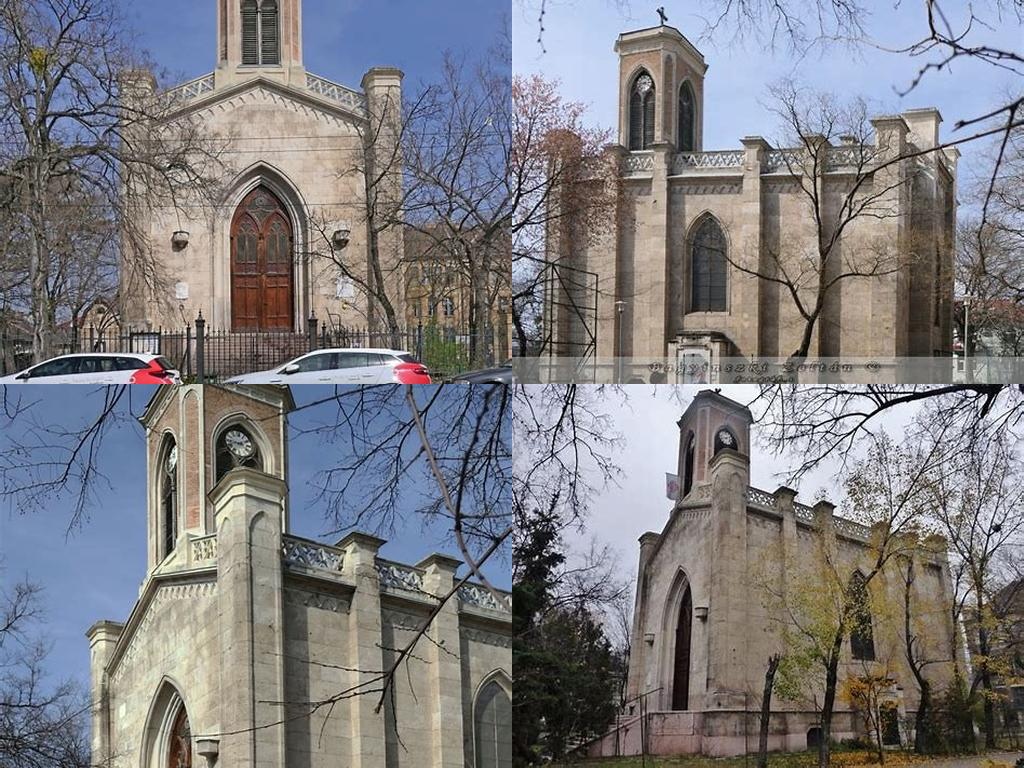
Hermina-kápolna is one of those places in Budapest that, despite being nestled close to the lively pulse of the city, manages to preserve a deep sense of tranquility and gentle history. Standing a little apart from the more crowded destinations by Városliget (City Park), the chapel offers not just an absolute architectural gem but also a heartfelt story, entwined with personal grief and the enduring search for solace. If you’ve already been entranced by the city’s grandeur — its baths, avenues, coffeehouses — you’ll find this quiet retreat a different kind of wonder: intimate, humble, and disarmingly peaceful.
Step through the leafy avenues of the City Park and it’s easy to spot Hermina-kápolna’s elegant Neo-Gothic spire reaching up between the trees. Built between 1842 and 1859, it owes its existence to the sorrow and devotion of Archduchess Hermina of Austria, who is, in turn, the building’s namesake. She was the daughter of Emperor Francis I, and though her time on earth was heartbreakingly brief — she died at just twenty years old — her memory was immortalized by her father’s wish to build a chapel where she could be remembered not only by her family, but by the people of Budapest. This makes a visit not just a chance to admire architecture but to step, however briefly, into the hidden particle of someone’s personal history.
When you approach the chapel, take a moment to appreciate its striking style — neither overwhelming nor austere, but adorned with pointed arches, intricate stained glass, and delicate details shaped out of pale stone. There’s something subtly cheerful in its appearance, unusual for a memorial structure: maybe the mixture of lightness and sorrow has helped it age gracefully. Inside, the silence is both soothing and solemn. You might find a few people sitting quietly in the pews, or sunbeams streaming through radiant windows, speckling the floor in prismatic colors. It’s the kind of place that invites unhurried contemplation; you’ll want to linger, absorbing the gentle hush that seems to settle over everything. The atmosphere is enhanced by occasional concerts and events — it remains an active, living space, not just a relic.
What is perhaps lesser known is the story of its construction — a project that spanned almost two decades, disrupted by political turmoil (the 1848 Revolution delayed the work considerably). Through sieges and shifting regimes, the chapel’s serene silhouette persisted, a quiet anchor. That resilience is still palpable when you step inside; it’s no stretch to feel connected to the chain of people who have, over the last century and a half, found peace beneath its arches. There’s also the appeal of its location: after visiting, wander the surrounding park, which is itself alive with playful dogs, boaters on the lake, and street musicians on a sunny day.
Hermina-kápolna is rarely busy, even at the height of tourist season. Standing in such a thoughtfully built space, it’s easy to speculate on the impulses that prompted its construction: grief perhaps, but also hope. Even today, it remains a sanctuary in every sense of the word — open to visitors of any faith or none, offering up a patch of quiet, dappled sunlight amid the gentle cheer of the park. Sure, you could spend your afternoon ticking off famous landmarks, but anywhere that encourages you to sit quietly and simply be might just be the most memorable stop of all.





